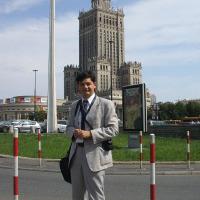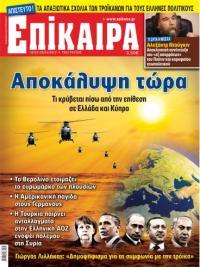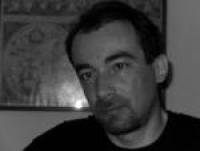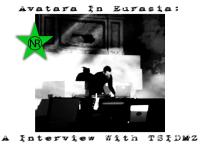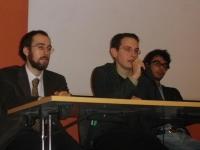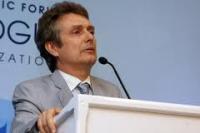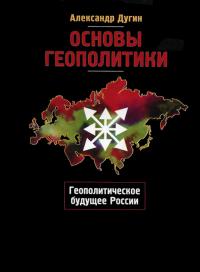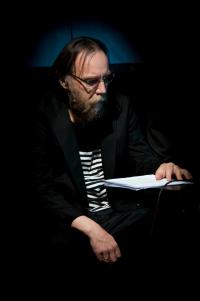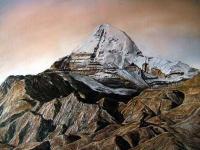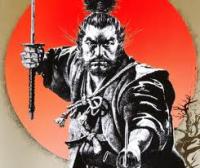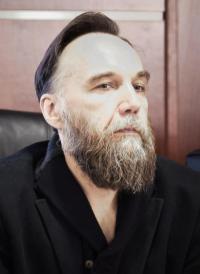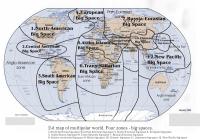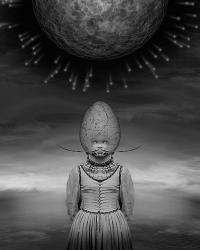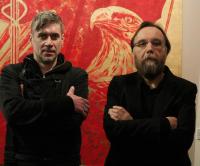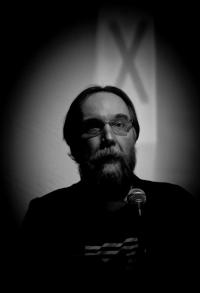To build a real Eurasia: few juridical ideas
Trying to speak about continental political constructions, we need to understand their limits. Inside all human institutions there is a limit, because the possibility to create something able to satisfy always all interest is impossible.
In this case, we must look to the theories. All of them underline that in the moment when few great people want to introduce big ideas on public debate, a lot of critics will appear, not trying to accept and correct the positive aspects of these activities, but only speaking about the limits (economics, politics, human relations, etc.).
Eurasia is a big idea only if we want to thing to it; more than that – is a big idea if someone will try to explain this to the world. However, the dimension of these continents is huge, and a scientist will see easier the limits of this construction. And, when human society will be prepared, it could be a possibility to create a new European, maybe, after European Union model.

